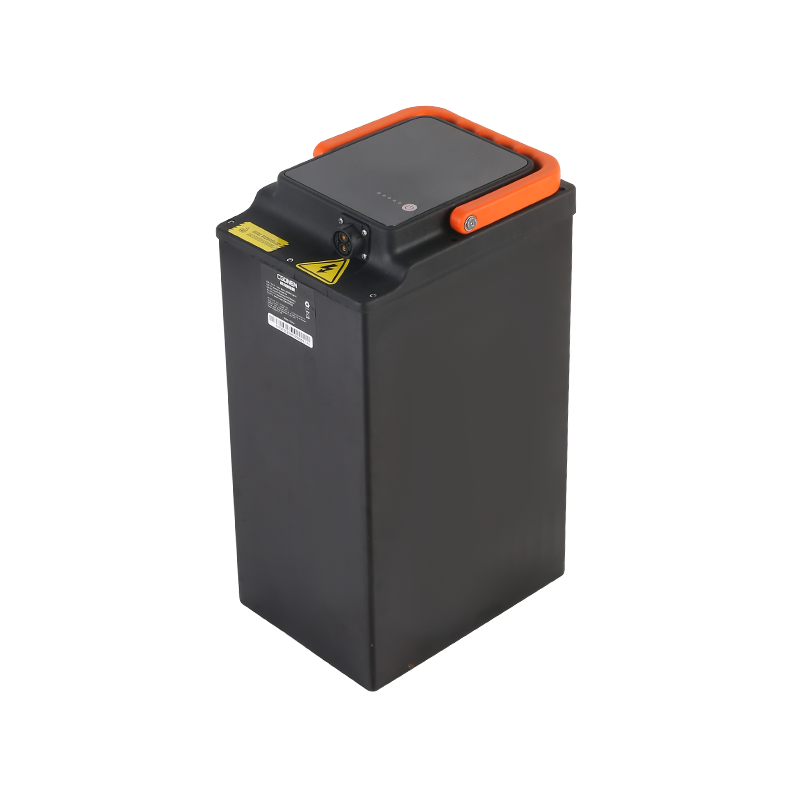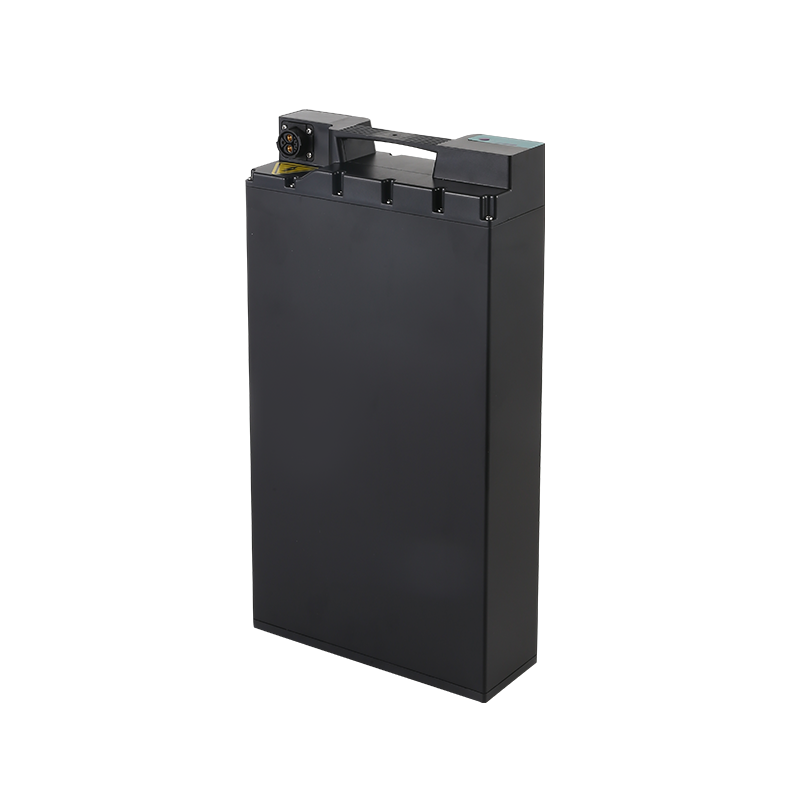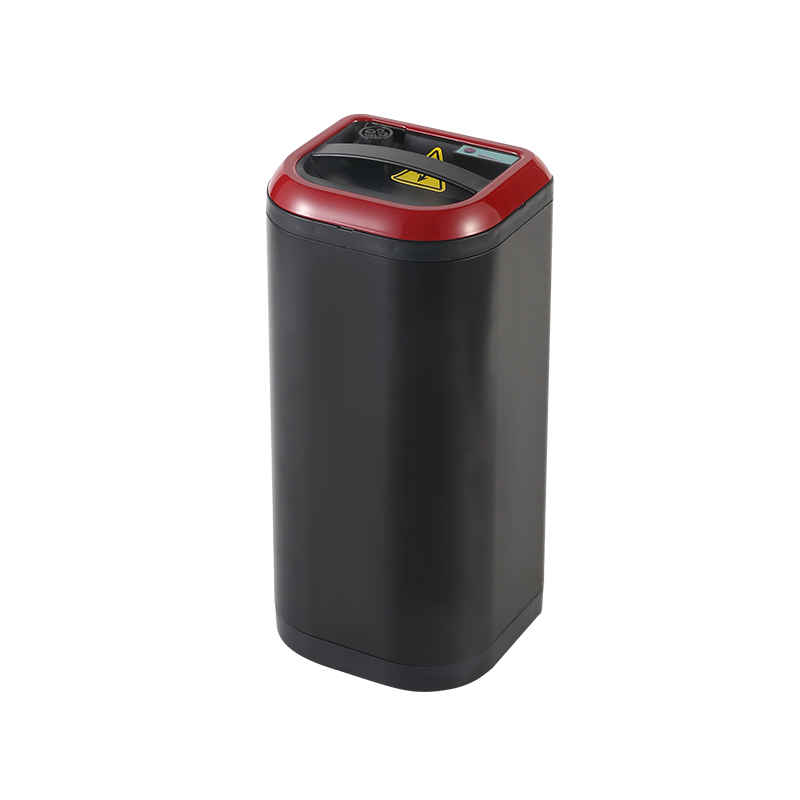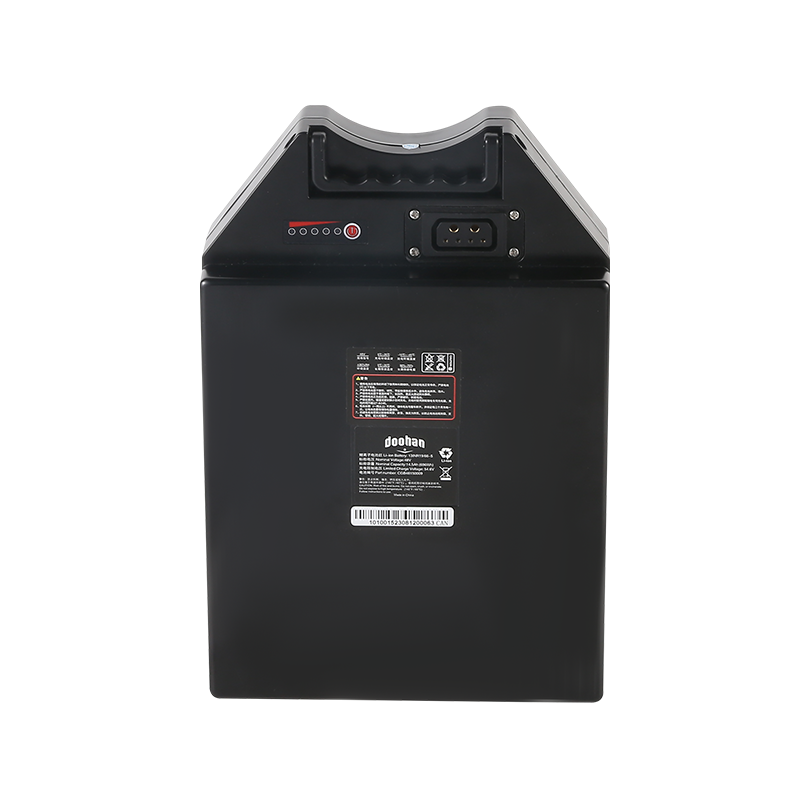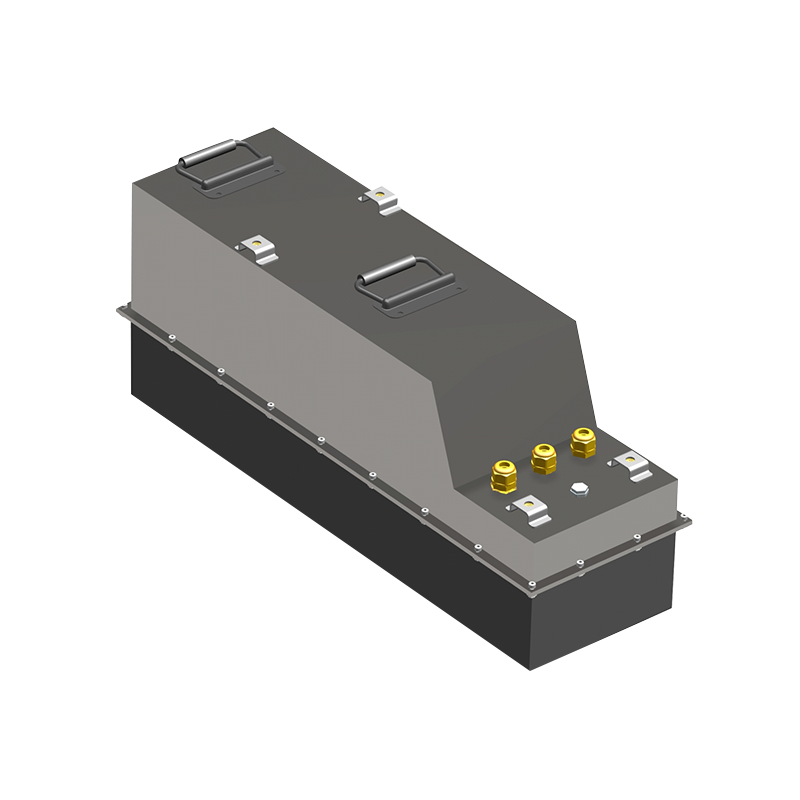Web Menu
Product Search
Exit Menu
Types and Characteristics of Batteries for Light Electric Vehicles
Light electric vehicles (LEVs), including e-bikes, scooters, and compact electric cars, are becoming increasingly popular due to their environmental benefits, cost-effectiveness, and convenience. Central to their functionality is the battery, which powers these vehicles. LEV batteries are designed to be lightweight, durable, and efficient to meet the specific demands of these vehicles.
The more commonly used battery in light electric vehicles is the lithium-ion (Li-ion) battery. Known for its high energy density, Li-ion batteries are capable of storing a significant amount of energy relative to their weight, which is crucial for maintaining the lightness and portability of electric vehicles. Lithium iron phosphate (LiFePO4) batteries, a type of Li-ion battery, are also gaining traction due to their enhanced safety features and longer lifespan.
Another type of battery used in LEVs is the nickel-metal hydride (NiMH) battery. Although NiMH batteries are less energy-dense than lithium-based batteries, they offer a more affordable option for certain electric vehicles. They are also known for their stability and resilience, making them a suitable choice for vehicles in demanding environments.
The performance of a light electric vehicle is significantly influenced by the battery’s characteristics, including its capacity, cycle life, charging time, and operating temperature range.
Capacity: Battery capacity is usually measured in ampere-hours (Ah) or watt-hours (Wh), indicating how much energy the battery can store. Higher capacity batteries generally provide more range, allowing LEVs to travel longer distances on a single charge.
Cycle Life: Cycle life refers to the number of charge and discharge cycles a battery can go through before its capacity starts to degrade. Lithium-ion batteries typically offer a longer cycle life than other types, making them a preferred choice for LEVs.
Charging Time: Charging time is a critical factor for convenience. Fast-charging technology is continually evolving, with some batteries capable of reaching 80% charge in a matter of hours or even minutes, reducing downtime for vehicle users.
Temperature Range: Batteries must operate efficiently across a wide range of temperatures. While lithium-based batteries perform well in moderate temperatures, bad heat or cold can impact their efficiency and longevity. Manufacturers are continuously working on improving the temperature tolerance of LEV batteries.
One of the key advantages of light electric vehicle batteries is their low environmental impact when compared to traditional combustion engine vehicles. Since LEVs produce zero emissions during operation, they contribute significantly to reducing air pollution and the overall carbon footprint. Additionally, advancements in battery recycling processes are helping to mitigate the environmental impact of battery production and disposal.
Another benefit is the cost-effectiveness of operating an LEV. The efficiency of electric motors, combined with the relatively low cost of charging an electric battery, makes LEVs cheaper to maintain compared to gasoline-powered vehicles. Over time, as battery technology improves and becomes more affordable, the initial cost of purchasing an LEV may decrease, making them even more accessible to a broader audience.
Additionally, battery disposal and recycling remain concerns. While advancements have been made in improving the recyclability of batteries, it is still a complex and costly process. Research into better recycling methods and the development of more sustainable battery materials is expected to play a key role in the future of LEV battery technology.
Light electric vehicles are poised to play a significant role in the future of transportation, offering a cleaner, more sustainable alternative to traditional vehicles. The development of efficient, lightweight, and durable batteries is essential to the continued growth of this market.
-

+86-13049701086
-

Stonehuang@CGONEN.com
-

No.88, Huji Road, Taizhou Bay Binhai New Area, Jiaojiang District, Taizhou City, Zhejiang Province, China


